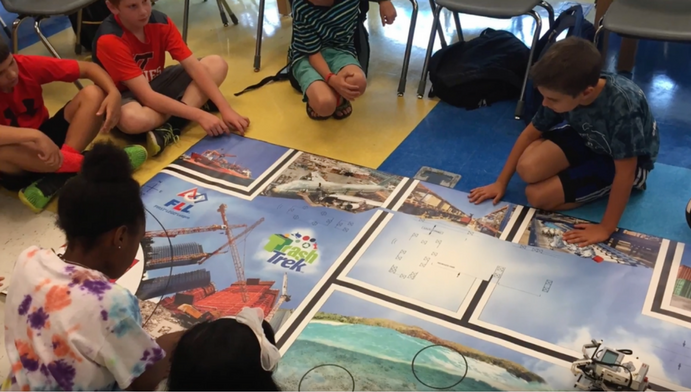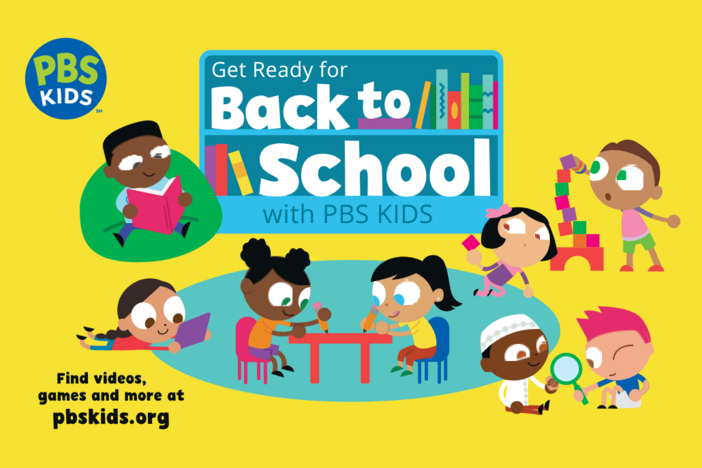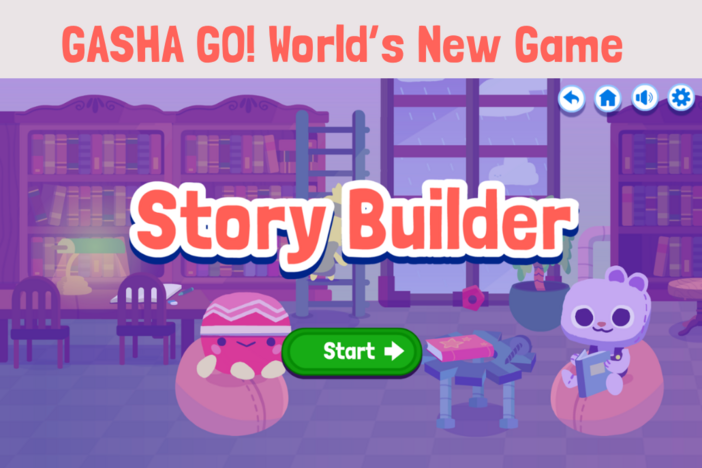
Section Branding
Header Content
How I Teach 21st Century Skills To 21st Century Kids
Primary Content

At Dunwoody Elementary School, we are always striving to bring real world solutions to real world problems. As the computer science teacher, I take seriously that students come to me for a heaping dose of technology. For this reason, I integrate various technological modalities for the students. From kindergarten through 5th grade, I want the children to experience a fullness of 21st century tech while exploring guiding global questions. Within my classroom, and technology being a foundational part of STEM, the process of teaching STEM is an everyday occurrence. From using the internet to safely research for pictures and information for 1st - 5th grades, Makey-Makeys and Scratch to explore conductivity for my 3rd graders or circuitry for my 5th graders, to using Dash robots to introduce coding to my kindergarten (in a concrete and tangible way), to using Lego Movie Maker for my 3rd graders to create stop motion movies on energy, Scratch to combine coding and concepts for 3rd - 5th, I use technology in all its forms to support the teachings of the homeroom teachers.
Lessons incorporate project-based learning and gamification. Children are so ready to play, as any teacher knows all too well, so I try to tap into that natural energy and focus it on learning. In 4th grade for example, I co-teach with our STEM Lab teacher, and she and I have had the students create a Weather Map Game as a project. The game requires the students to create a game board (a map of the United States complete with compass rose and longitude and latitude lines), game pieces based on meteorological symbols, game cards that utilize 4th grade weather vocabulary synthesized into coherent game questions and rules/instructions for the game as created by those students. Students visited real weather station websites (such as Weather.com or a local weather channel) to further their understandings of weather and reading weather maps.
5th grade is treated, in my class, as the culminating year for our elementary students. The focus is not just on what they are learning this year, but on what they have learned throughout their elementary career. Edmodo, Playposit, Socrative, Kahoot, EdPuzzle, etc. are used to learn and explore the world of aviation. Can you really get more STEMmy than aviation? Much of what is done in this class is flipped to a certain extent. Students can view the content video mini-lessons during class. They access the video through their Edmodo account, then follow a link to Playposit (where the video is located), and take notes into their STEM Journal and within the video itself. This way, they are furthering their understanding of aviation and content standards while also working on penmanship, mechanics of writing and expanding their typing proficiency.While they are engaged in this mini-lesson, I free to work with my "flight crews" on our flight simulators instructing them on the controls and instruments of this "virtual" plane. Standards touched on include 4th grade weather, 3rd grade energy, and 2nd grade matter - to name just a few. Rubrics are supplied to each grade level and project, but the students are only given the basics of what a project must include. Rubrics have a tendency of stripping children of the benefit of being creative and engaging themselves in their own learning. So, I become their guide or facilitator throughout the project. I listen to their ideas for do-ability and safety and sense. My ultimate goal is not to give too many hints on how they are to produce their project.
At Dunwoody Elementary School, we are always striving to bring real world solutions to real world problems. As the computer science teacher, I take seriously that students come to me for a heaping dose of technology. For this reason, I integrate various technological modalities for the students. From kindergarten through 5th grade, I want the children to experience a fullness of 21st century tech while exploring guiding global questions. Within my classroom, and technology being a foundational part of STEM, the process of teaching STEM is an everyday occurrence. From using the internet to safely research for pictures and information for 1st - 5th grades, Makey-Makeys and Scratch to explore conductivity for my 3rd graders or circuitry for my 5th graders, to using Dash robots to introduce coding to my kindergarten (in a concrete and tangible way), to using Lego Movie Maker for my 3rd graders to create stop motion movies on energy, Scratch to combine coding and concepts for 3rd - 5th, I use technology in all its forms to support the teachings of the homeroom teachers.
Lessons incorporate project-based learning and gamification. Children are so ready to play, as any teacher knows all too well, so I try to tap into that natural energy and focus it on learning. In 4th grade for example, I co-teach with our STEM Lab teacher, and she and I have had the students create a Weather Map Game as a project. The game requires the students to create a game board (a map of the United States complete with compass rose and longitude and latitude lines), game pieces based on meteorological symbols, game cards that utilize 4th grade weather vocabulary synthesized into coherent game questions and rules/instructions for the game as created by those students. Students visited real weather station websites (such as Weather.com or a local weather channel) to further their understandings of weather and reading weather maps.
5th grade is treated, in my class, as the culminating year for our elementary students. The focus is not just on what they are learning this year, but on what they have learned throughout their elementary career. Edmodo, Playposit, Socrative, Kahoot, EdPuzzle, etc. are used to learn and explore the world of aviation. Can you really get more STEMmy than aviation? Much of what is done in this class is flipped to a certain extent. Students can view the content video mini-lessons during class. They access the video through their Edmodo account, then follow a link to Playposit (where the video is located), and take notes into their STEM Journal and within the video itself. This way, they are furthering their understanding of aviation and content standards while also working on penmanship, mechanics of writing and expanding their typing proficiency.While they are engaged in this mini-lesson, I free to work with my "flight crews" on our flight simulators instructing them on the controls and instruments of this "virtual" plane. Standards touched on include 4th grade weather, 3rd grade energy, and 2nd grade matter - to name just a few. Rubrics are supplied to each grade level and project, but the students are only given the basics of what a project must include. Rubrics have a tendency of stripping children of the benefit of being creative and engaging themselves in their own learning. So, I become their guide or facilitator throughout the project. I listen to their ideas for do-ability and safety and sense. My ultimate goal is not to give too many hints on how they are to produce their project.
At Dunwoody Elementary School, we are always striving to bring real world solutions to real world problems. As the computer science teacher, I take seriously that students come to me for a heaping dose of technology.





